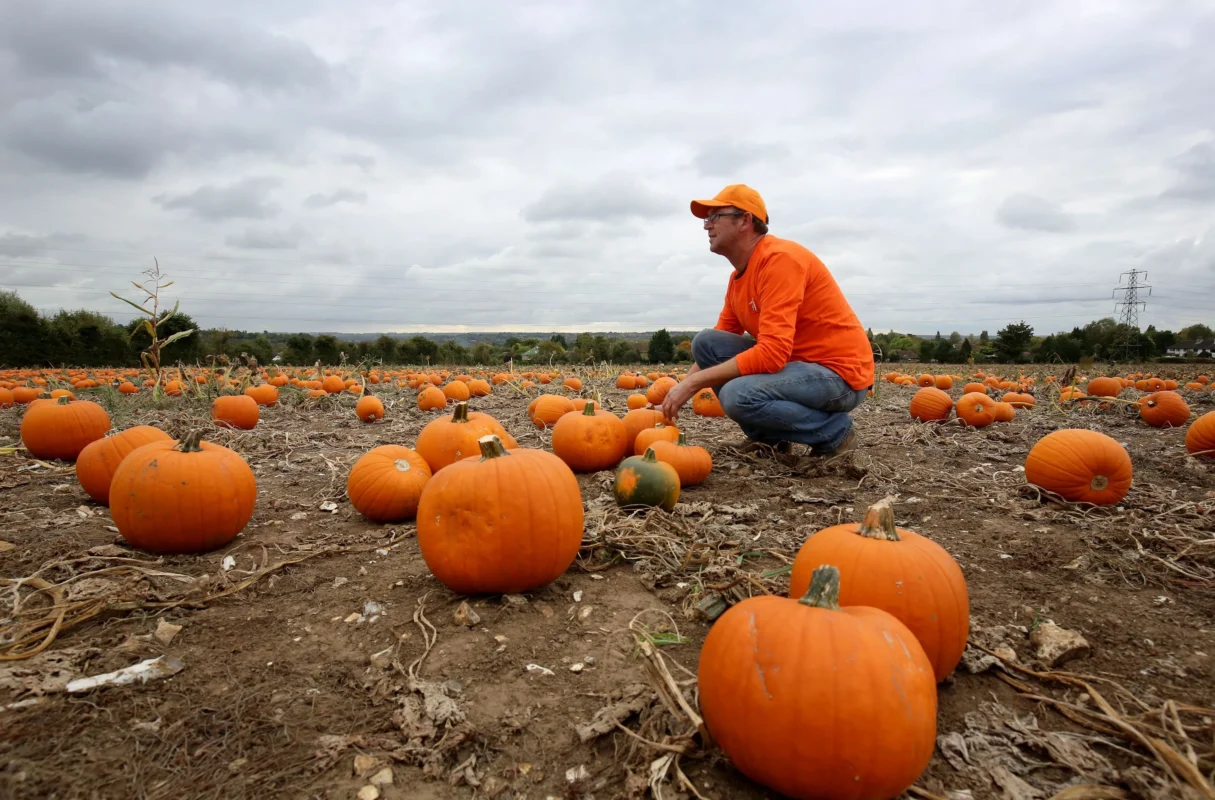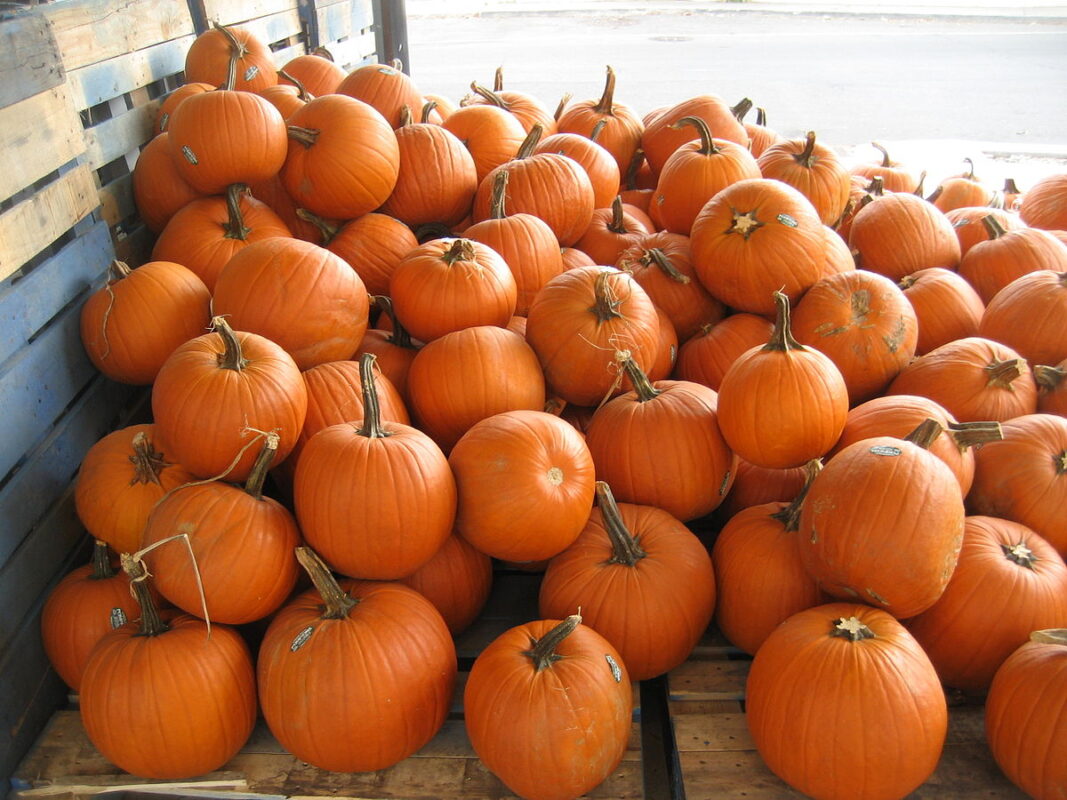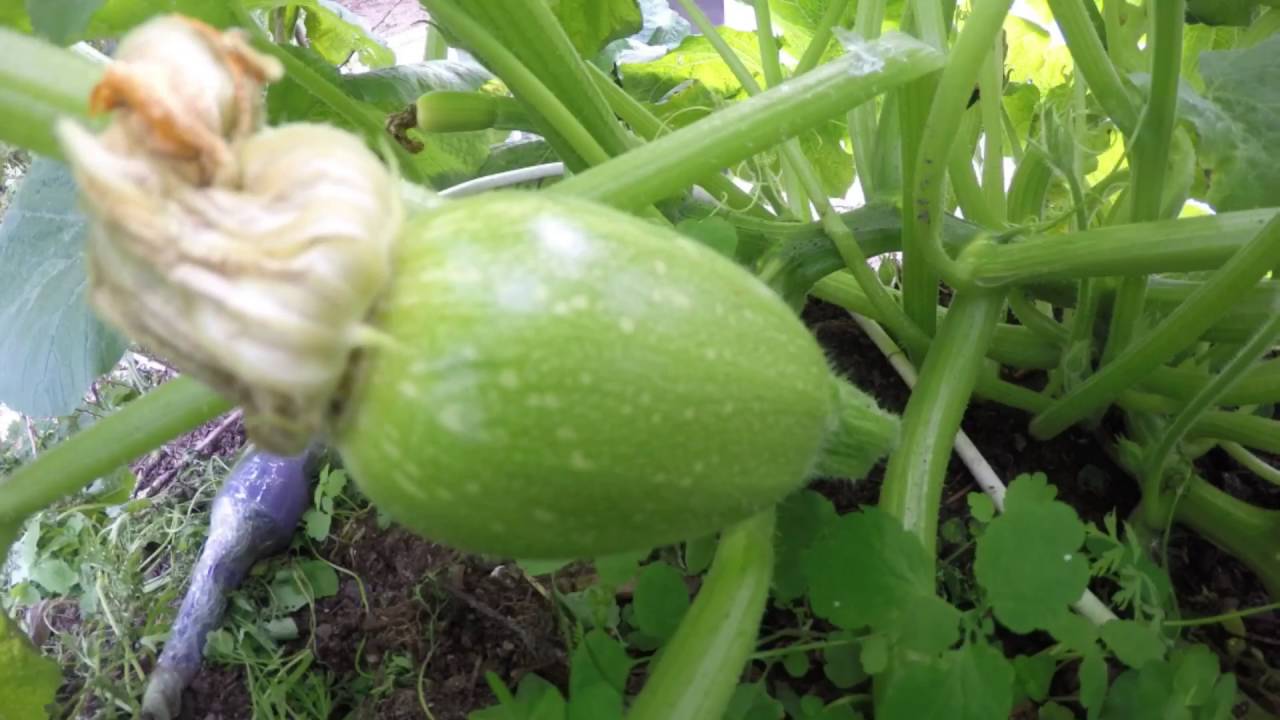SPORT & LIFESTYLE NEWS
Where Pumpkins Grow?
If you’ve ever wondered “Where Pumpkins Grow?“, you’re not alone. Pumpkins, a beloved symbol of autumn and Halloween, have a fascinating growth cycle and cultivation process. Find the answer with AlibayTrendy Store in the article below now.
Where Pumpkins Grow?
Pumpkins (Cucurbita pepo) are native to North America, where they have played a significant role in agricultural and culinary traditions for thousands of years. The origins of pumpkins can be traced back to indigenous cultures across the continent. Archaeological evidence suggests that pumpkins were among the earliest domesticated crops, with their cultivation dating back at least 5,000 years.

Indigenous peoples across North America recognized the value of pumpkins for their versatility and nutritional benefits. They were an essential component of the traditional diet, providing a rich source of vitamins and minerals. Native American tribes cultivated pumpkins alongside other staple crops such as corn and beans, forming part of a triad of plants known as the “Three Sisters.” This agricultural practice was both practical and symbolic, as the three crops supported one another’s growth. Corn provided a natural trellis for beans to climb, beans fixed nitrogen in the soil to enrich it, and pumpkins spread out to shade the ground, reducing weed competition and helping retain soil moisture.
The cultivation of pumpkins was not only a matter of practical food production but also held cultural and ceremonial significance. Pumpkins were often used in various traditional dishes and rituals, reflecting their integral role in the lives of indigenous peoples. Their adaptability and ease of storage also made them a valuable food source for long winters.
When European settlers arrived in the Americas, they encountered pumpkins and quickly adopted them into their own agricultural practices. Pumpkins eventually spread to other parts of the world, where they were embraced for their culinary versatility and seasonal charm. Today, pumpkins continue to be a beloved crop worldwide, celebrated for their vibrant colors, diverse uses, and historical significance.
Understanding the deep-rooted history of pumpkins enriches our appreciation for this remarkable fruit and highlights the enduring legacy of the agricultural practices of indigenous cultures.
These vibrant fruits are well-suited to temperate climates, where they flourish under the right conditions. Pumpkins thrive in environments that provide a warm growing season, which is essential for their development. They are highly adaptable and can be found growing in a range of settings—from traditional farm fields to backyard gardens and even community plots.
To understand where pumpkins grow best, it’s important to consider several key factors. First and foremost is climate. Pumpkins require a long, frost-free growing season to reach maturity. They are particularly well-suited to regions with warm temperatures and abundant sunlight. Areas with a moderate climate, where the weather does not swing too dramatically between hot and cold, offer the ideal conditions for pumpkins to flourish.

In addition to climate, soil quality plays a crucial role in pumpkin cultivation. Pumpkins prefer well-drained soil rich in organic matter. They thrive in soil with a slightly acidic to neutral pH, which helps support their robust root system and promotes healthy vine growth. In regions where soil quality may not be naturally ideal, gardeners often amend the soil with compost or other organic materials to enhance fertility and structure.
Pumpkins are also quite adaptable to various environments, provided their basic needs are met. While they are most commonly associated with large-scale farms and pumpkin patches, they can successfully be grown in smaller spaces as well, such as urban gardens and raised beds. This versatility makes pumpkins a popular choice for a wide range of growing conditions, from rural farms to city backyards.
In summary, pumpkins are a resilient and adaptable crop that has been cultivated for millennia. They thrive in temperate climates with adequate warmth and sunlight and can grow in a variety of environments, provided their soil and climate needs are met. Understanding these factors can help gardeners and farmers alike achieve a successful pumpkin harvest.
1. Climate and Soil Requirements
Pumpkins prefer warm climates with plenty of sunshine. They need a long growing season, typically between 75 to 100 days, depending on the variety. The ideal temperature range for pumpkin growth is between 70°F and 85°F (21°C to 29°C). Pumpkins are sensitive to frost, so they should be planted after the last frost date in spring.
The soil should be well-drained, rich in organic matter, and slightly acidic to neutral (pH 6.0 to 7.0). Adding compost or aged manure to the soil before planting can help improve its fertility and structure.
2. Pumpkin Growing Regions
In the United States, pumpkins are widely grown in regions with suitable climates. The top pumpkin-producing states include Illinois, Indiana, Ohio, and Pennsylvania. These areas offer the right combination of soil and weather conditions for optimal pumpkin growth. However, pumpkins can also be grown in many other parts of the world, including Canada, Europe, and parts of Asia, as long as they meet the climate and soil requirements.

3. Cultivation Tips
To successfully grow pumpkins, follow these cultivation tips:
- Choose the Right Variety: There are many pumpkin varieties, from small decorative types to large pie pumpkins and giant pumpkins. Select a variety that suits your climate and intended use.
- Prepare the Soil: Ensure your garden bed is well-prepared with compost or organic matter. Pumpkins grow best in soil that is rich and well-drained.
- Planting: Sow pumpkin seeds directly into the soil after the danger of frost has passed. Space the seeds about 1 inch deep and 2 feet apart to allow for their sprawling vines.
- Watering: Pumpkins need consistent moisture, especially during flowering and fruit development. Water deeply but avoid getting the foliage wet to reduce the risk of fungal diseases.
- Pest and Disease Management: Watch for common pests like squash bugs and powdery mildew. Use organic pesticides or natural predators to control these issues.
4. Harvesting and Storage
Pumpkins are typically ready for harvest when they have reached their full maturity, which is evident through several key indicators. One of the primary signs that pumpkins are ready to be picked is the firmness of their skin. As pumpkins mature, their skin hardens and becomes less susceptible to denting or piercing. This hardened skin is a protective layer that helps the pumpkin last longer in storage. Additionally, the color of the pumpkin should be fully developed. Depending on the variety, this can range from deep orange to other shades such as green, white, or even striped patterns. A fully colored pumpkin indicates that it has ripened and developed its sugars and flavors.

To harvest pumpkins, carefully use a sharp knife or pruning shears to cut the stem from the vine. It’s important to leave a few inches of stem attached to the pumpkin, as this helps prevent decay and extends the pumpkin’s shelf life. Avoid pulling or twisting the pumpkin from the vine, as this can damage both the fruit and the vine.
Once harvested, pumpkins should be stored in a cool, dry place to prolong their freshness. An ideal storage location is a well-ventilated area with consistent temperatures, typically ranging from 50°F to 60°F (10°C to 15°C). It’s important to keep pumpkins away from direct sunlight and excessive moisture, as these factors can contribute to mold growth and rot. For optimal storage, ensure that pumpkins are placed on a surface that allows air circulation around them, such as a shelf or a piece of cardboard. Regularly check stored pumpkins for signs of spoilage, such as soft spots or mold, and use or discard them as needed.
By following these harvesting and storage practices, you can enjoy your pumpkins throughout the fall season and beyond, making the most of your gardening efforts and reaping the rewards of your hard work.
